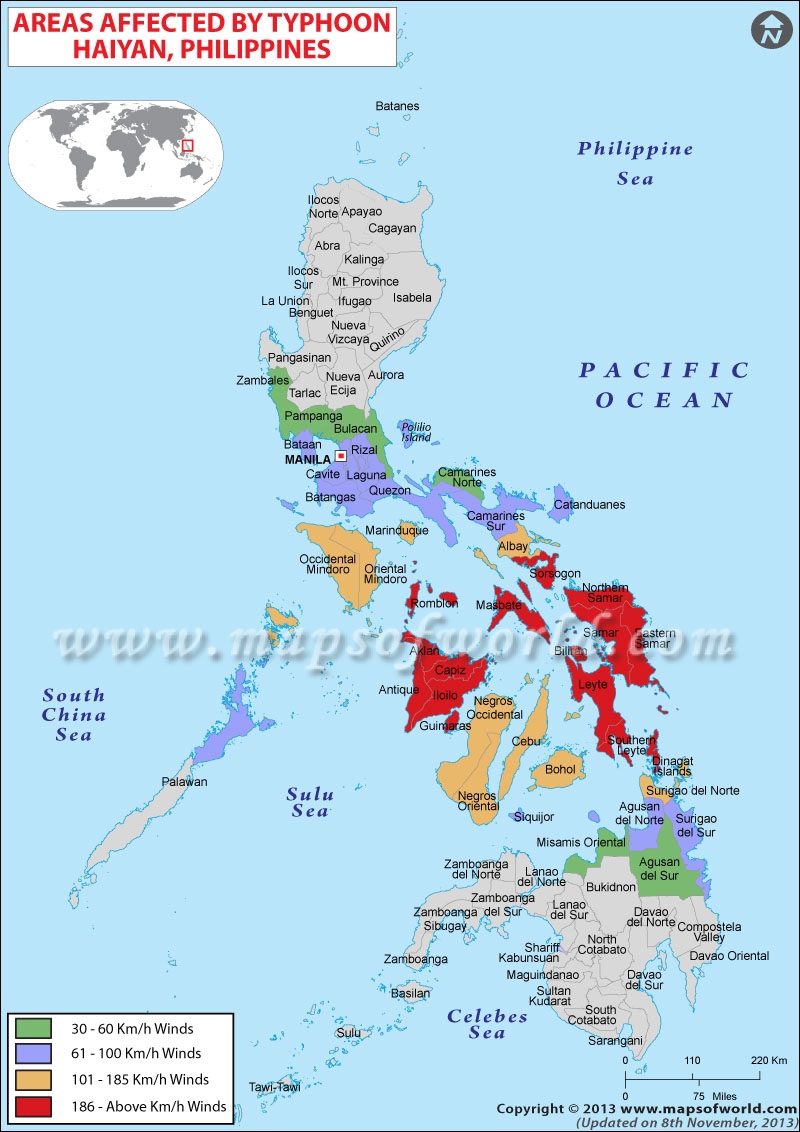I found this article through the
Upstream website, they have
been participating in this project over the past few years.
The Farm to School legislation is an act to
provide the Oregon School districts the resources (food/education) we have
throughout Oregon.
The program is
designed to use the different foods harvest though the seasons to create the meals.
Each month the farm highlights one produce and informs the children of its
importance in our daily lives as well as different ways to prepare it
throughout the month.
This article relates to public health because it touches on
the nutrition of our youth. “The Oregon Farm to School Act’s mission is to
strengthen the local economy, benefit public health and support local food producers.”(
Nicholson,Eugene Daily News).
So many families in
the US take advantage of our schools cafeterias because it’s much easier and
faster in our busy lives.
Within this program they have also created a
“comprehensive educational program that includes lessons about where our food
comes from, farm field trips, harvest meals where students prepare freshly
harvest farm foods, and nutrition lessons” (Nicholson, Eugene Daily News).
This program helps implement healthy living
into the children’s everyday lives.
The state is having trouble finding funds to cover the high
costs of food.
The article states that
Oregon State would only have to pay the farmers 15 cents per meal.
Which seems really low but if you were to
multiply that by how many children and school districts that we have in the
state of Oregon, it adds up quick. So only a select few will be able to take
advantage of these funds. With the help of Upstream they were able to get the
Farm to School legislation passed in 2011.
“A total of $200,000 was provided for those grants, and the pilot ran in
11 school districts and benefited over 60,000 Oregon kids.”
(
Upstream Public Health).
Although
this program is not in every school district its still making a great impact on
the smaller communities around Oregon State.
 Both
the World Health Organization and the National Institute of Health have weighed
in on this issue.
Both
the World Health Organization and the National Institute of Health have weighed
in on this issue. 




















